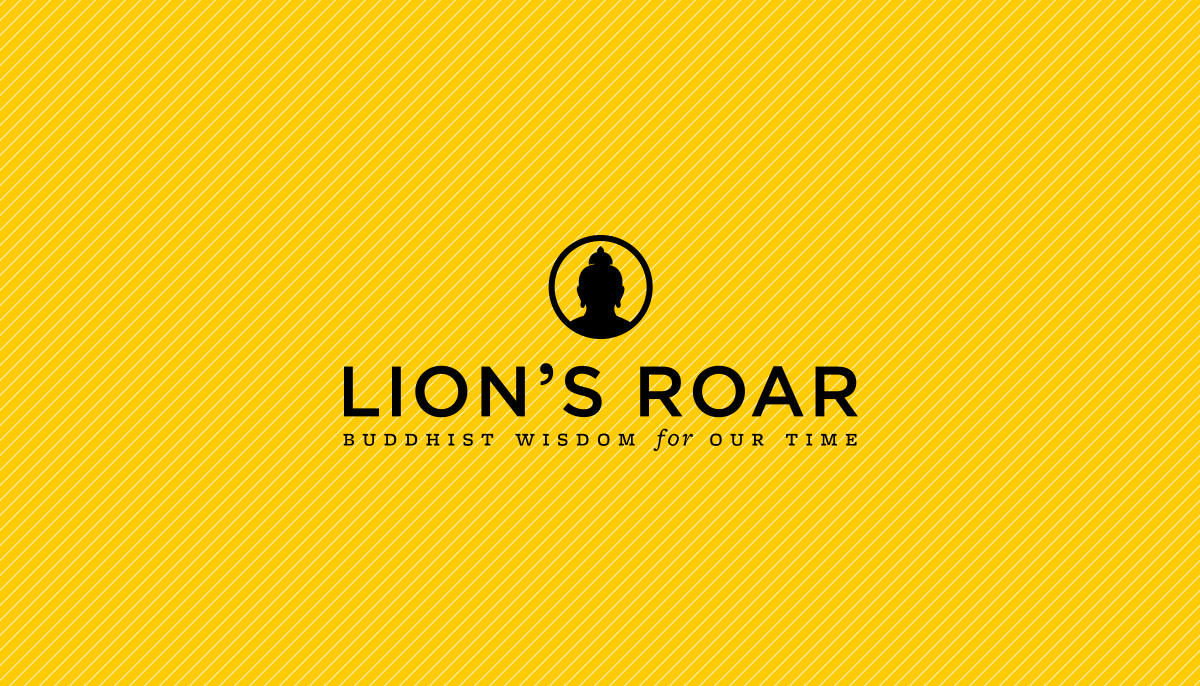In the Shadow of the Buddha (Dutton 2011) is Matteo Pistono’s autobiographical account of his undercover reporting from inside Tibet. A journalist, activist, and student of Sogyal Rinpoche, the author began traveling in Tibet in 1999 with the intention of following in the footsteps of his teacher’s previous embodiment, the Tibetan mystic treasure revealer Terton Sogyal Lerab Lingpa (1856–1926). Over the next nine years, Pistono made several trips to Tibet where he met Khenpo Jigme Phuntsok (1933–2004), the other reincarnation of Terton Sogyal, during a visit to Larung Gar, the world’s largest Tibetan Buddhist monastery in the Serta region of eastern Tibet. Combining pilgrimages with chronicling his encounters with Tibetans who entrusted him with politically sensitive documents and accounts of human rights violations, Pistono served as a covert courier, smuggling information out of Tibet to the Dalai Lama and leaders of the Tibetan liberation movement in the United States.
Immigrants to the Pure Land (Hawaii 2011) is a study by Michihiro Ama on the assimilation of Shin Buddhism in North America. The book follows the development of Jodo Shinshu, or Pure Land Buddhism, from when it entered Hawaii and the continental United States at the start of the twentieth century to the early years of World War II. Ama examines the encounter of Japan’s most popular Buddhist practice tradition with American culture by looking at case studies of select leaders and ministers in American Shin communities. He reveals how Japanese Shin ritual, thought, and institutional identity in the West was shaped by contact with other Buddhist traditions and Christianity, as well as American ideals.
Birth stories of the Buddha, or jatakas, have provided underlying narratives for dramas, children’s books, poetry, art, and festivals throughout the Asian Buddhist world. In Jataka Stories in Theravada Buddhism (Ashgate 2010), Naomi Appleton examines the stories of the Buddha’s previous lives, not as fables or folklore or for the sake of retelling these Pali tales, but to reconsider jatakas as a specifically Buddhist genre. By illustrating the ways in which these stories teach the bodhisattva’s path, Appleton examines how they enable Buddhists to share in the experiences that led to the Buddha’s enlightenment.
Zen practitioner and storyteller Rafe Martin’s Endless Path (North Atlantic 2010) casts jatakas in a contemporary vernacular style. Describing the book as a “kind of Zen take” on the jatakas, he organizes it into chapters focusing on the ten paramitas, or Buddhist practices of perfection, presenting each tale in relation to a particular paramita. His commentaries on each story interweave quotes from sutras and a wide range of other sources such as Gary Snyder, Dogen, William Blake, Ikkyu, and even Wikipedia. Martin brings to the discussion an important awareness of how jatakas help cultivate a Buddhist vision of the universe.
In The Ascendancy of Theravada Buddhism in Southeast Asia (Silkworm 2010), Prapod Assavavirulhakarn challenges the widely held historical assumption that the Theravada tradition took root in Southeast Asia beginning in the eleventh century after kings in Burma and Thailand declared it the state religion. His research suggests that Theravada Buddhism was in fact a major force in Southeast Asian religious life from the fourth century onwards. Brought to the region by merchants and pilgrims, it coexisted alongside forms of Indian Mahayana Buddhism, Hindu Brahmanism, and indigenous shamanism in Thailand for several hundred years before it was patronized by kings.
Into the Heart of Life (Snow Lion 2011), a book by Tibetan Buddhist nun Jetsunma Tenzin Palmo, is a collection of dharma talks that she delivered to Western audiences. Palmo, originally from Britain and the subject of the 1998 biography Cave in the Snow, explains classic Buddhist themes such as impermanence, karma, renunciation, bodhichitta, and devotion—all in her direct and approachable style. Each talk is followed by a question-and-answer session in which she responds with anecdotes and reflections drawn from her years of Buddhist training, her experiences meditating in the cave, educating women in the Himalayas, and working to revive full ordination for Tibetan nuns.
Dialogues in a Dream (Tenryu-Ji Institute 2010), translated from Japanese by Thomas Yuho Kirchner, is a conversation between the Zen master Muso Soseki (1275–1351) and a leader of the Shogun military elite. Each of the ninety-three chapters is presented as a question-and-answer exchange between master and disciple. Muso Soseki responds to queries on topics that range from the mundane to the transcendent including, “zazen-induced breakdowns,” “subduing demons with no-mind,” “wisdom as an impediment,” and “the true mind.” Known as Mucho Mondo in Japanese and originally published in 1344, only a few partial translations have made their way into English, making this elegant and highly readable book the first full translation of this seminal Zen instruction text.
Robert Thurman’s Brilliant Illumination of the Lamp of the Five Stages (AIBS, Columbia 2011) is a milestone in his lifelong labor of studying, interpreting, and teaching the Buddhist tantras. This is Thurman’s translation of the explanation of the Guhyasamaja, or Esoteric Community Tantra, by the founder of the Geluk tradition, Tsongkhapa Losang Drakpa (1357–1419). Considered a tantra of fundamental significance in the Geluk tradition, the commentary by Tsongkhapa quotes heavily from the Indian masters Nagarjuna and Aryadeva. This lucid translation includes a line index that parallels the Tibetan text and is supplemented with a topical outline, charts, and several rich glossaries. Thurman started to translate this work more than thirty years ago but he did not publish it due to its highly esoteric nature. Students of Buddhist tantra will now be thankful that the American Institute of Buddhist Studies has made this masterpiece available as part of its Treasury of the Buddhist Sciences series and the Jey Yabsey Sungbum Collection.
The translation of The Kalacakra Tantra: The Chapter on Sadhana by Vesna Wallace (AIBS, Columbia 2011), one of the leading Buddhist tantra scholars of our times, has also just been released as part of the Treasury of the Buddhist Sciences series. Along with her translation of The Chapter on the Individual, previously published in the same series, we now have two of the five chapters from the Kalachakra Tantra in English. Both of these translations include the root tantra along with its explanatory commentary, the Vimalaprabha. The chapter on sadhana is the source for practice texts used by Kalachakra practitioners from all traditions. It elucidates the practices of purification, intricacies of deity yoga and the visualizations of the Kalachakra deity and mandala during generation stage practice, the yogas at the stage of completion, and specific tantric rites. With her intuitive sense, Wallace brings us a masterful translation, annotated with essential information and her compilation of the Mongolian Kalachakra sadhana chapter.

